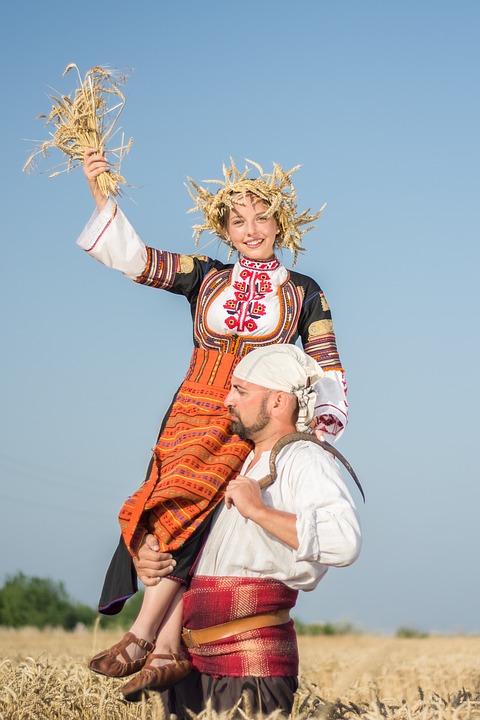The Evolution of Blues and Folk Fusion: A Brief History
Introduction
Blues and folk music have long been separate genres with their own unique styles and histories. However, over the years, these two genres have often crossed paths and blended together to create a unique fusion of sound. This fusion has resulted in a rich and diverse musical landscape that continues to evolve and inspire musicians and listeners alike. In this article, we will explore the evolution of blues and folk fusion, tracing its roots back to its origins and highlighting key moments in its development.
Origins of Blues and Folk Music
Blues music has its origins in African American communities in the southern United States, particularly in the Mississippi Delta region. It emerged in the late 19th century and was influenced by African musical traditions, spirituals, work songs, and field hollers. Blues music is characterized by its melancholic lyrics, soulful vocals, and distinctive guitar playing.
Folk music, on the other hand, has a long and rich history that dates back centuries. Folk music encompasses a wide range of traditional music styles from around the world, including American folk, Celtic folk, and African folk music. Folk music is often characterized by its storytelling lyrics, acoustic instrumentation, and emphasis on community and tradition.
The Birth of Blues and Folk Fusion
The fusion of blues and folk music began to take shape in the early 20th century as African American musicians traveled north to urban areas such as Chicago and New York in search of better opportunities. These musicians brought their blues traditions with them, blending them with elements of folk music they encountered in these urban centers.
One of the earliest examples of blues and folk fusion can be heard in the music of artists like Lead Belly and Blind Lemon Jefferson, who combined traditional blues structures with elements of folk storytelling and instrumentation. These early pioneers laid the groundwork for the fusion of blues and folk music that would continue to evolve in the years to come.
The Blues Revival of the 1960s
The 1960s saw a revival of interest in traditional blues music, thanks in part to the efforts of folk musicians like Bob Dylan, Joan Baez, and Dave Van Ronk. These musicians drew on the blues traditions of artists like Lead Belly and Blind Lemon Jefferson, bringing their music to a new audience and influencing a new generation of musicians.
During this time, blues and folk fusion flourished as artists like Muddy Waters, Howlin’ Wolf, and John Lee Hooker began to experiment with new sounds and styles. These musicians drew on the storytelling and instrumentation of folk music while maintaining the emotional intensity and rawness of the blues, creating a sound that was both traditional and innovative.
Contemporary Blues and Folk Fusion
Today, the fusion of blues and folk music continues to evolve and thrive, with artists like The Black Keys, The White Stripes, and Alabama Shakes pushing the boundaries of traditional genres. These musicians draw on the rich traditions of blues and folk music while incorporating elements of rock, pop, and other genres to create a sound that is uniquely their own.
Contemporary blues and folk fusion artists often blend acoustic and electric instrumentation, incorporating elements of traditional blues guitar playing with folk storytelling and vocal styles. These artists also draw on themes of love, loss, and redemption that are common in both blues and folk music, creating music that is deeply personal and emotionally powerful.
Conclusion
The evolution of blues and folk fusion is a testament to the enduring power of music to transcend boundaries and bring people together. From its humble beginnings in the Mississippi Delta to its current status as a vibrant and diverse musical genre, blues and folk fusion continues to captivate and inspire audiences around the world. As new generations of musicians continue to explore the possibilities of blending blues and folk music, the future of this unique genre remains bright and full of potential.

Leave a Reply